11-20
Bowie’s favourite 100 Books – Part 2
David Bowie’s 100 favourite Books
Part Two 11-20

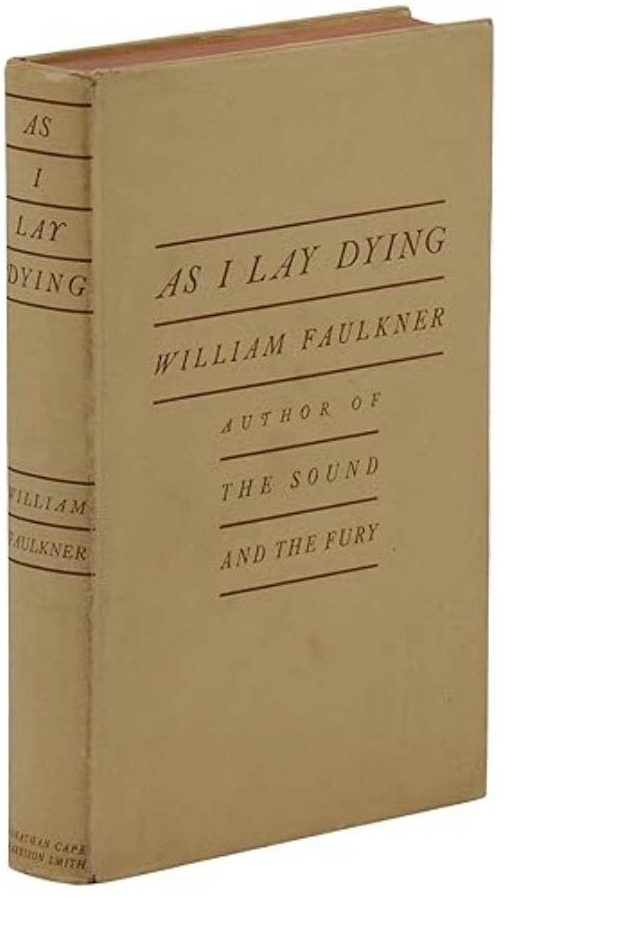
As I Lay Dying by William Faulkner
A true 20th-century classic from the Nobel Prize-winning author of The Sound and the Fury: the famed harrowing account of the Bundren family’s odyssey across the Mississippi countryside to bury Addie, their wife and mother.
As I Lay Dying is one of the most influential novels in American fiction in structure, style, and drama. Narrated in turn by each of the family members, including Addie herself as well as others, the novel ranges in mood from dark comedy to the deepest pathos.(Source: Google Books)
Berlin Alexanderplatz by Alfred Döblin
This is the great novel of Berlin and the doomed Weimar Republic. It is one of the great books of the twentieth century, gruesome, and pitchdark. As Döblin writes in the opening pages: “The subject of this book is the life of the former cement worker and haulier Franz Biberkopf in Berlin.
As our story begins, he has just been released from prison, where he did time for some stupid stuff; now he is back in Berlin, determined to go straight. To begin with, he succeeds. But then, though doing all right for himself financially, he gets involved in a set-to with an unpredictable external agency that looks an awful lot like fate.” (Source: Goodreads.com)
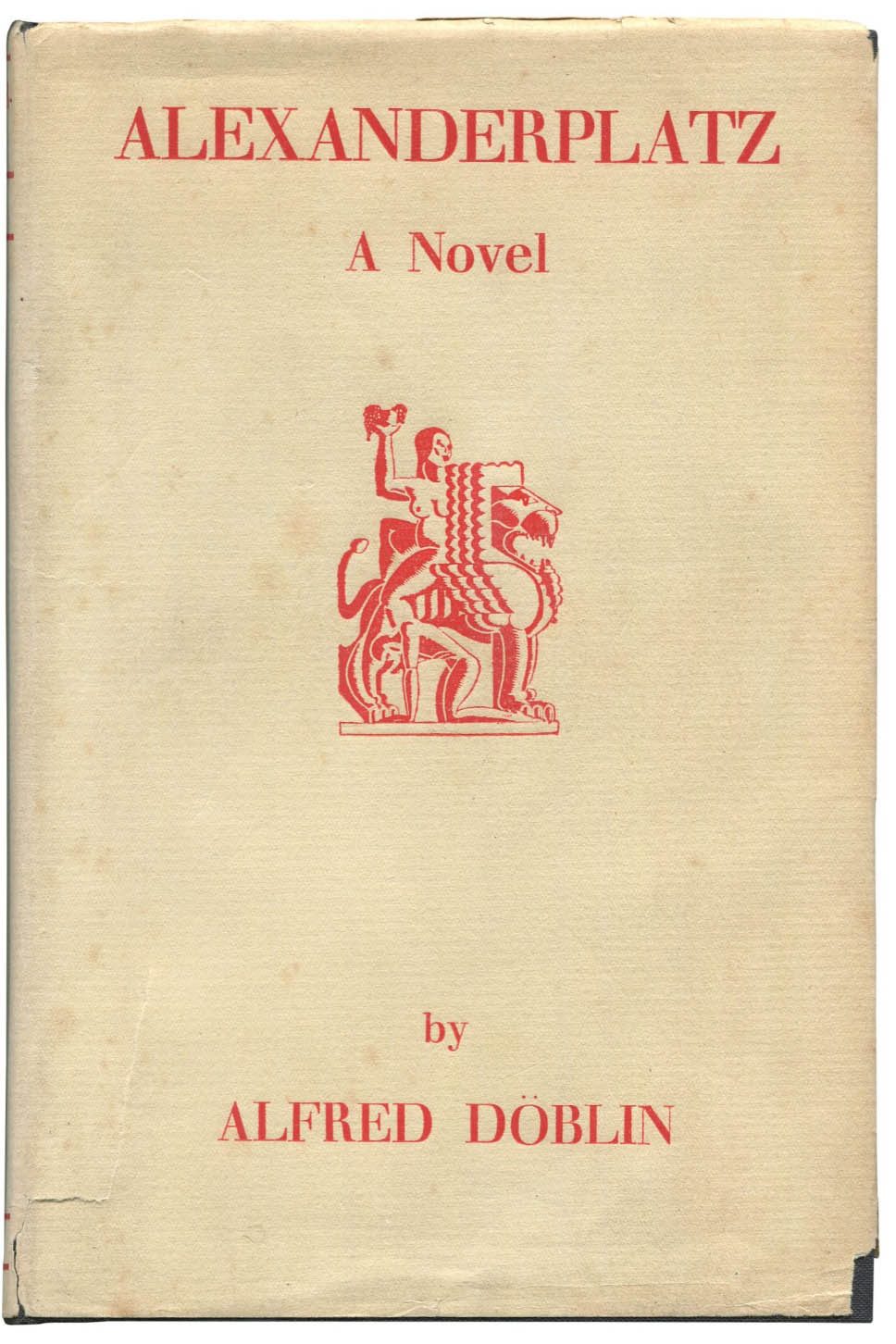
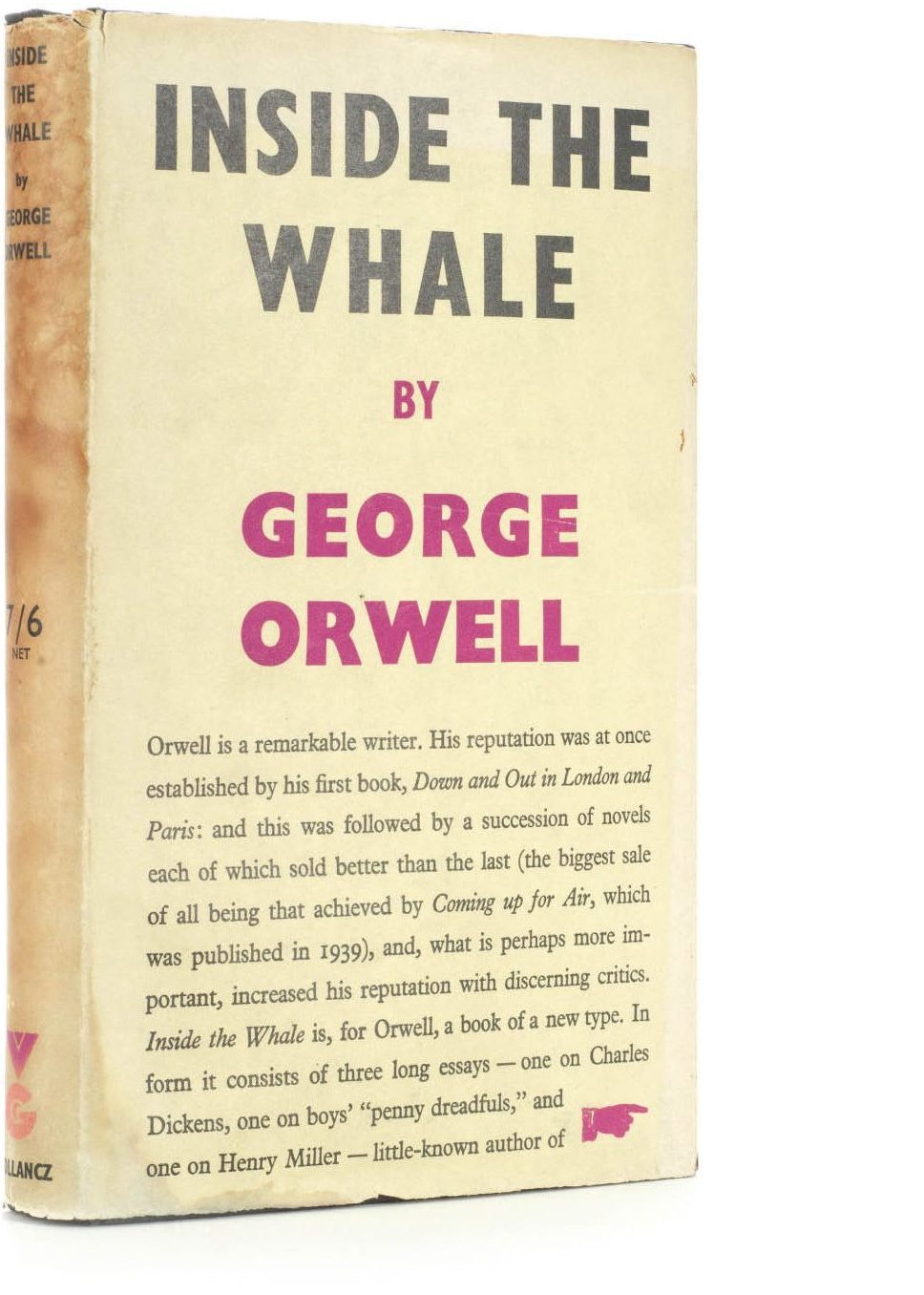
Inside The Whale And Other Essays by George Orwell
‘Inside the Whale’ is a long essay by George Orwell (1903-50), published in 1940. The title of Orwell’s essay refers to the biblical Book of Jonah, in which the prophet Jonah is swallowed by a great fish (although, as Orwell notes, received wisdom tends to substitute ‘whale’ for ‘fish’).
The essay is one of Orwell’s most significant contributions to the debate about contemporary literature in the 1930s. Orwell’s argument is that authors of the 1930s who take refuge inside the comforting prison of the metaphorical ‘whale’, and seek to reflect the world without trying to change it, are more successful in the current political climate than writers with a more explicit political message or aim. (Source Interestingliterature.com)
Mr. Norris Changes Trains by Christopher Isherwood
After a chance encounter on a train the English teacher William Bradshaw starts a close friendship with the mildly sinister Arthur Norris. Norris is a man of contradictions; lavish but heavily in debt, excessively polite but sexually deviant.
First published in 1935 Mr Norris Changes Trains piquantly evokes the atmosphere of Berlin during the rise of the Nazis. (Source: Goodreads.com)
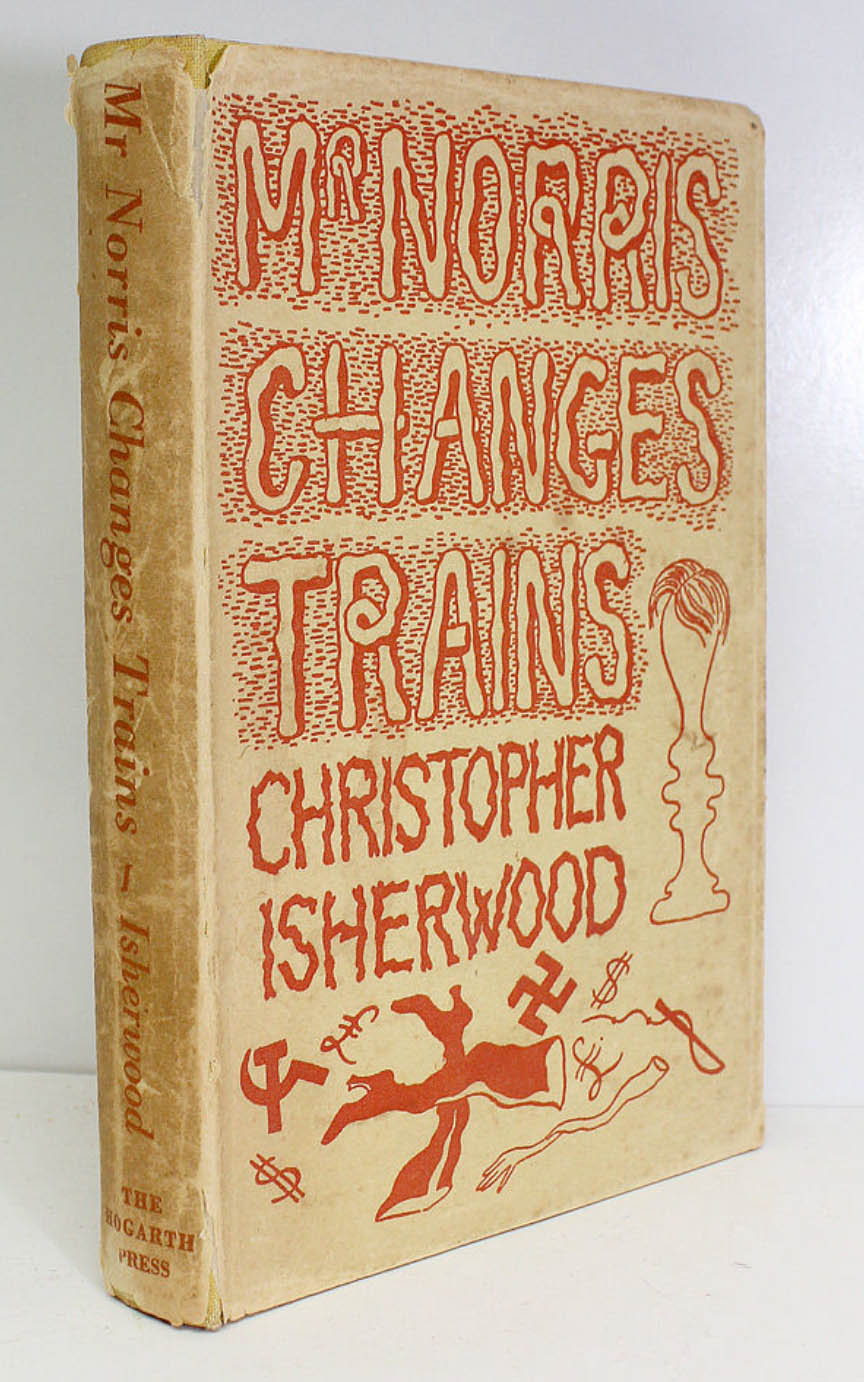
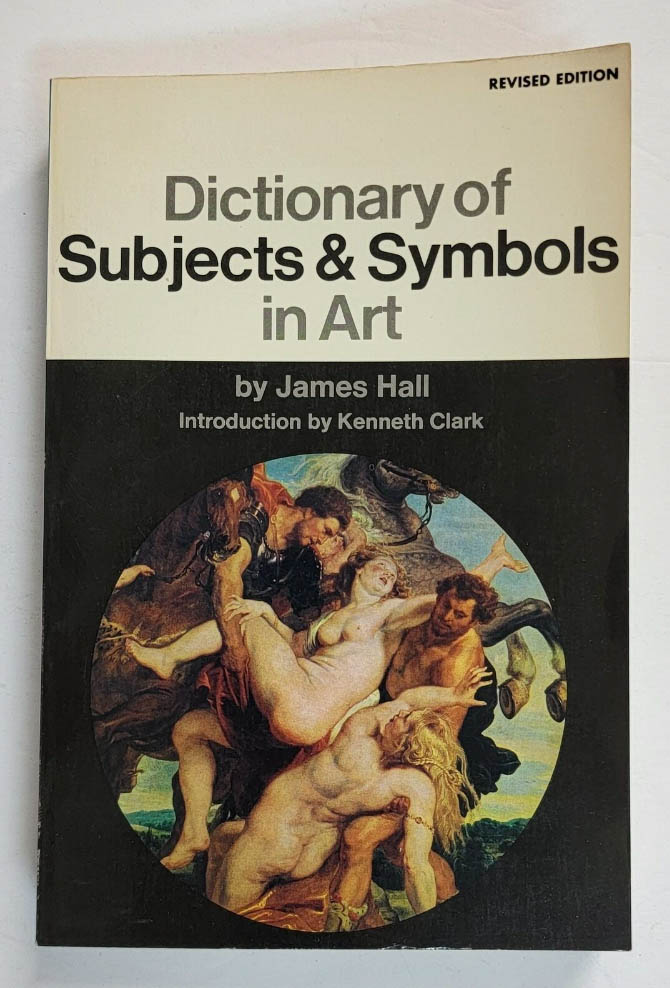
Halls Dictionary Of Subjects And Symbols In Art by James A. Hall
This dictionary relates in a succinct, readable way the themes, sacred and secular, on which the repertoire of European art is based. Cross-references enable the reader to identify the subject of a picture simply from some characteristic object or figure in it.
Here in a single volume are combined religious and historical themes. The “Dictionary” also explores the “lost language” of symbol and attribute, thus opening up the whole field of allegory. (Source: Abebooks.com)
David Bomberg by Richard Cork
“When I received the book in the mail, I realized it is actually an art exhibition catalog. As soon as the first introduction, when another book, a full biography named David Bomberg by the same author has been mentioned, I realized I may have ordered the wrong book. However, I have never read an art exhibition catalog cover to cover (or at all, in fact), and the limited biography included has been sufficient to understand the life of this artist. Because this catalog, representing a fairly exhaustive retrospective of Bomberg’s work, is ordered chronologically, we get to experience the progress and change of Bomberg’s work in its correct sequence (…)” (Source: Oren Raab at the David Bowie Book Club).
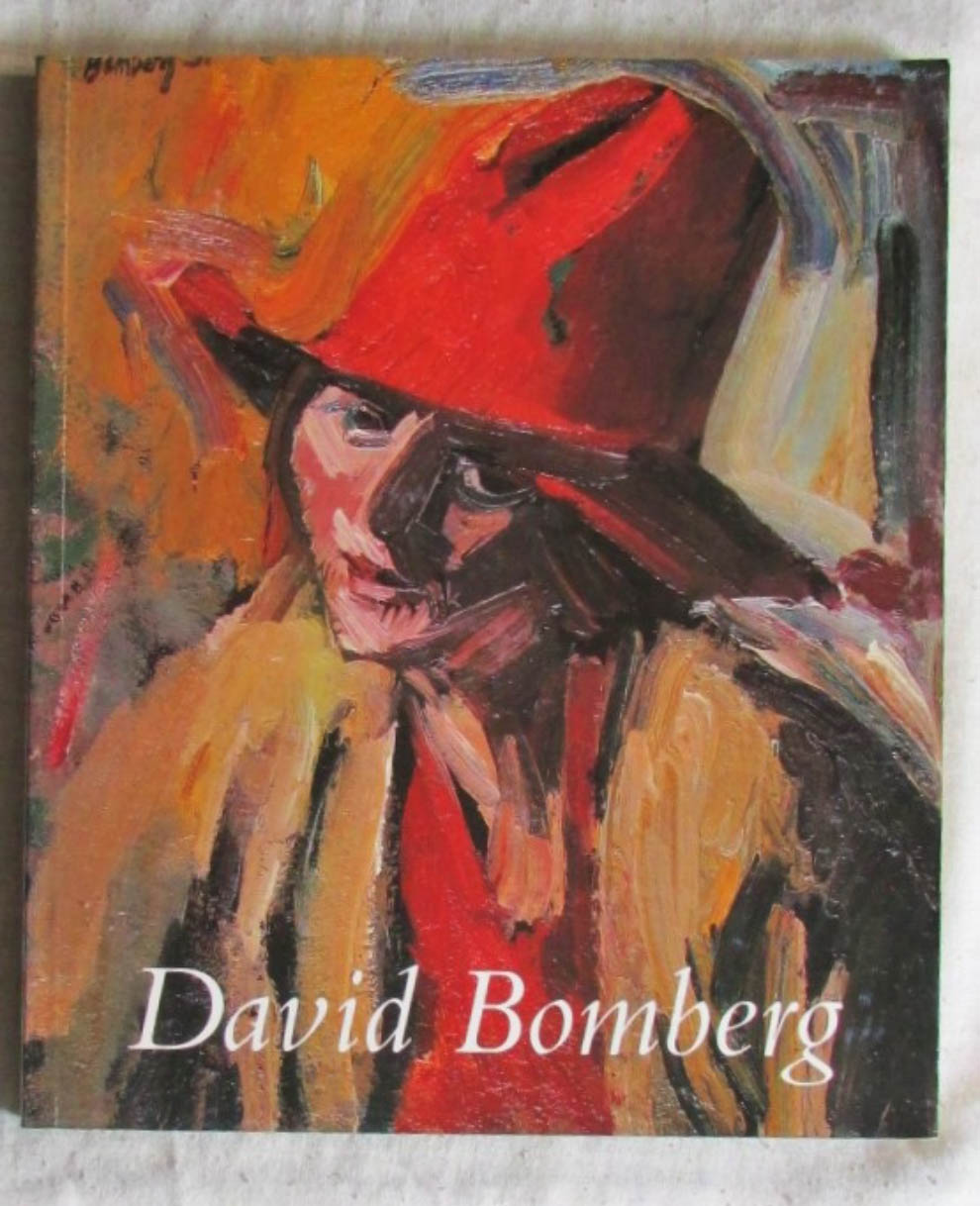
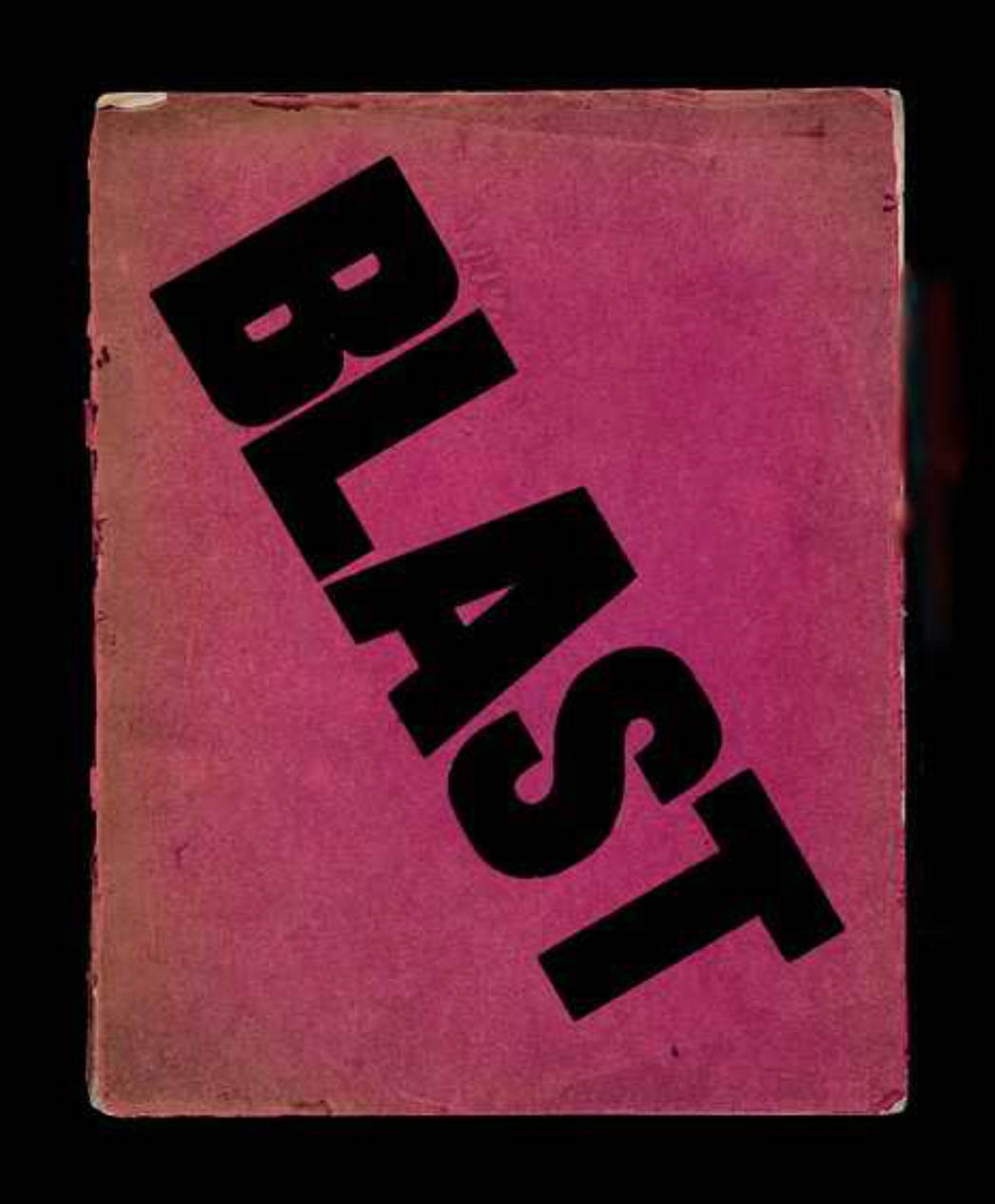
Blast by Wyndham Lewis
Edited by Wyndham Lewis, its radical intention was immediately evident when it first appeared. It has an extraordinarily bright pink colour with the title BLAST written across the cover in huge, bold, black letters. Ezra Pound described it as this “great MAGENTA cover’d opusculus”.
The first section of the journal starts with a sequence of twenty-odd pages which are presented like a manifesto. Each page has a dramatic piece of graphic design, in which the editors ‘Blast’ and ‘Bless’ different things – often these are the same things. It is sardonic and humorous to read, but has a great vitriolic tone as well. (Source: Chris Stephens via Tate.org.uk)
Passing by Nella Larson
Larsen’s novel, which closely followed her prizewinning Quicksand (1928), explores the complexities of racial identity in early 20th-century New York. Its central character, Irene Redfield, is a member of the African American bourgeoisie that became increasingly fashionable and visible in New York during the Harlem Renaissance era of the 1920s.
Irene is married to a Black doctor and, prominent in Harlem society, dedicates her life to charitable and social causes. (Source: Britannica.com)
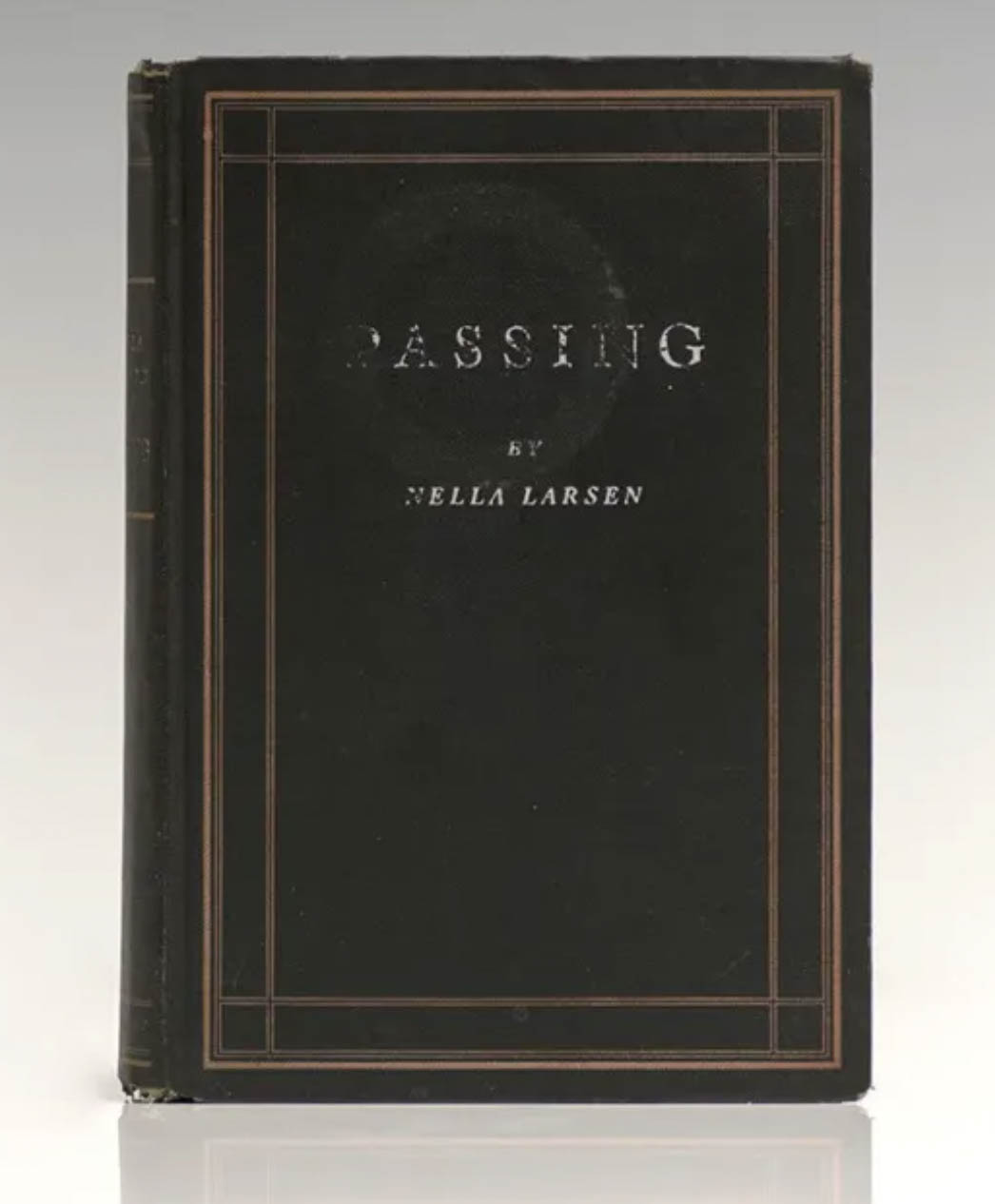
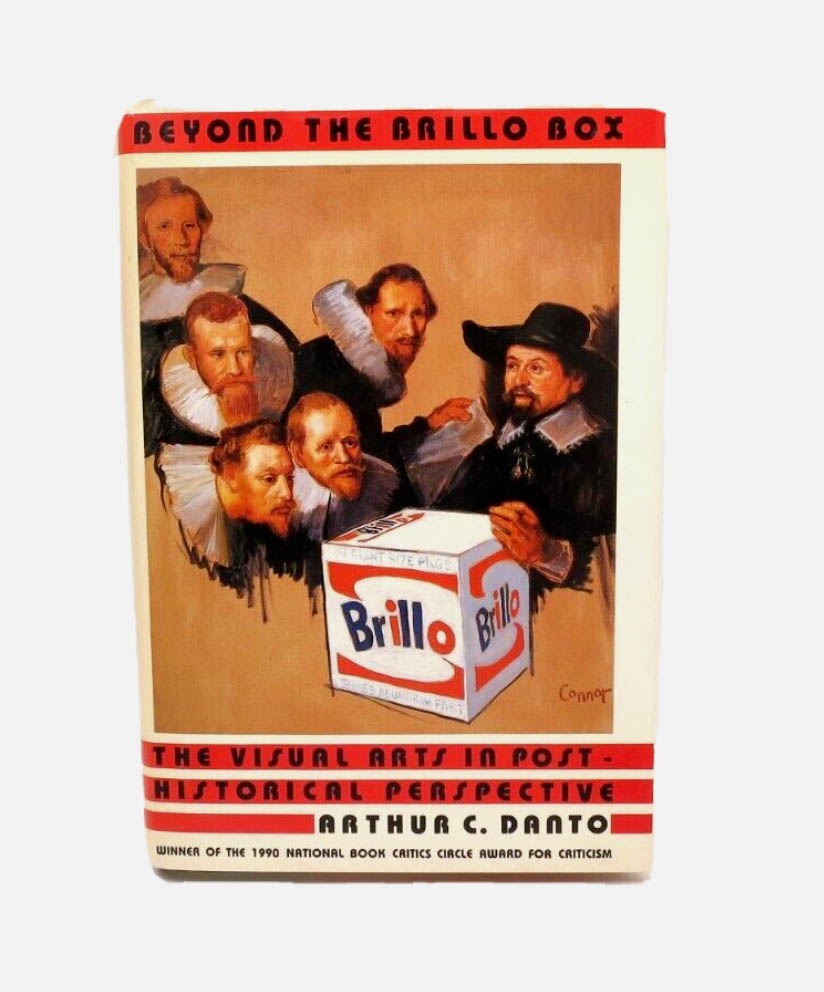
Beyond The Brillo Box by Arthur C. Danto
A ground-breaking contribution to contemporary thinking about aesthetics, Arthur C. Danto’s collection of interconnected essays grapples with the most challenging issues in art today. Andy Warhol’s Brillo Box of 1964 constituted a radical attack on traditional definitions of the artwork and, in Danto’s view, brought the history of Western art to a close.
Danto first discusses what he calls the master narrative of Western art, (…), and contrasting this tradition to parallel narratives in the East and in Africa. He then takes up the current, post-historical period, which began with Warhol and the collision of “high” and “low” art, and discusses how the pluralism it engendered has changed the way art is made, perceived, and exhibited. (…). (Source: Google Books)
The Origin Of Consciousness In The Breakdown Of The Bicameral Mind by Julian Jaynes
What is human consciousness, where did it come from, and how does it determine who we are and how we live in the world? At the heart of this book is the theory that human consciousness did not develop over time–that, in fact, ancient peoples from mesopotamia to Peru did not “think” as we do and therefore were not conscious.
Drawing on laboratory studies of the brain and clos examination of archaeological evidence, the author concludes that consciousness is not a product of evolution but of catastrophic events in our own history, events that occurred as recently as three thousand years ago. (Source: Houghton Mifflin, Mariner Books)
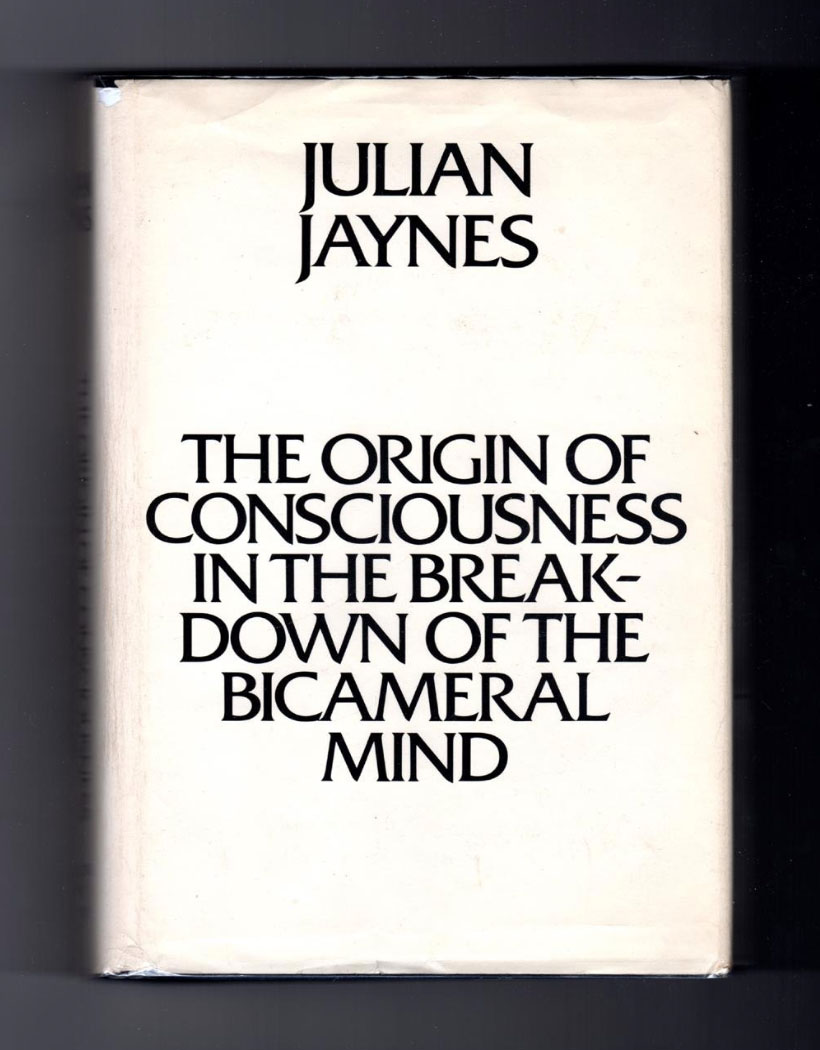


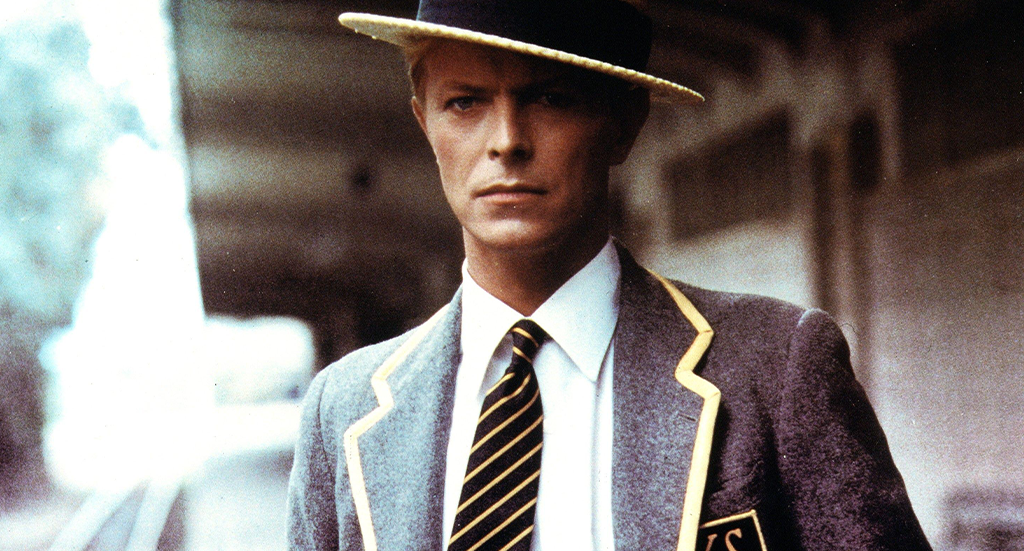
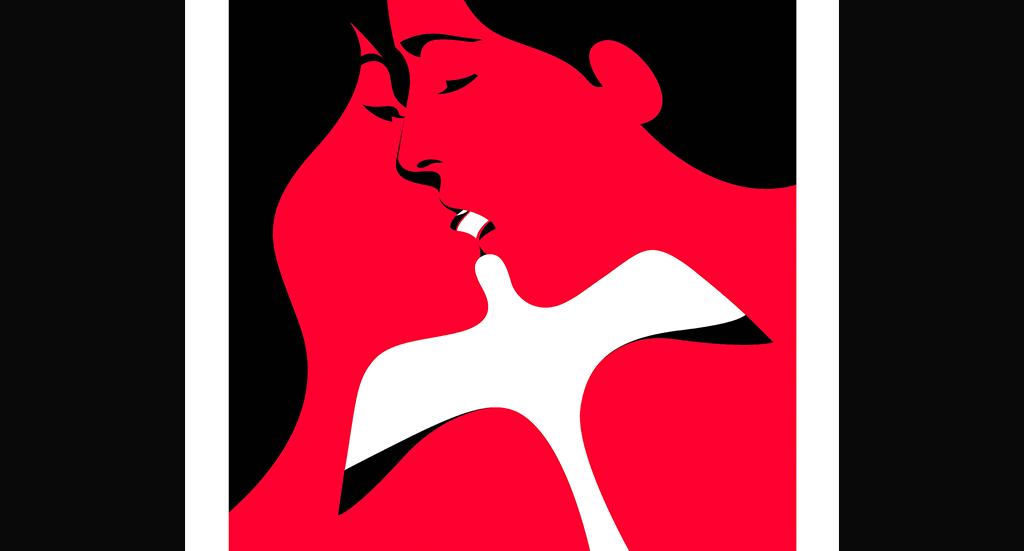


Join our Community